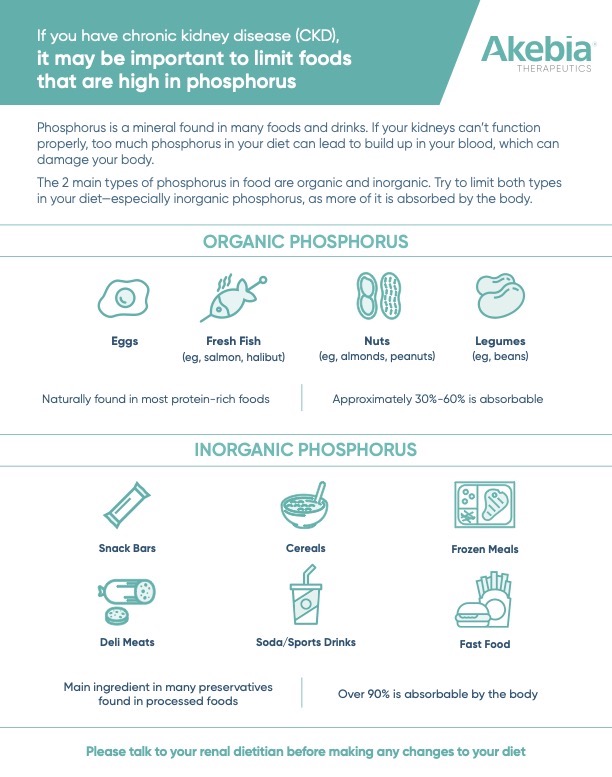Resources for AURYXIA
Find helpful resources, including videos, brochures, and more.
Mechanism of Action
Learn how the unique formulation of AURYXIA works in the body to help manage adult patients’ phosphorus levels.1,2
A Team Approach to Treating Hyperphosphatemia
Find out why these healthcare professionals choose AURYXIA for their adult patients with chronic kidney disease on dialysis.1
Patient Nutrition Handbook
Help patients understand where phosphorus appears in their meals and how to read nutrition fact labels to find hidden phosphorus in food.
 DOWNLOAD
DOWNLOAD